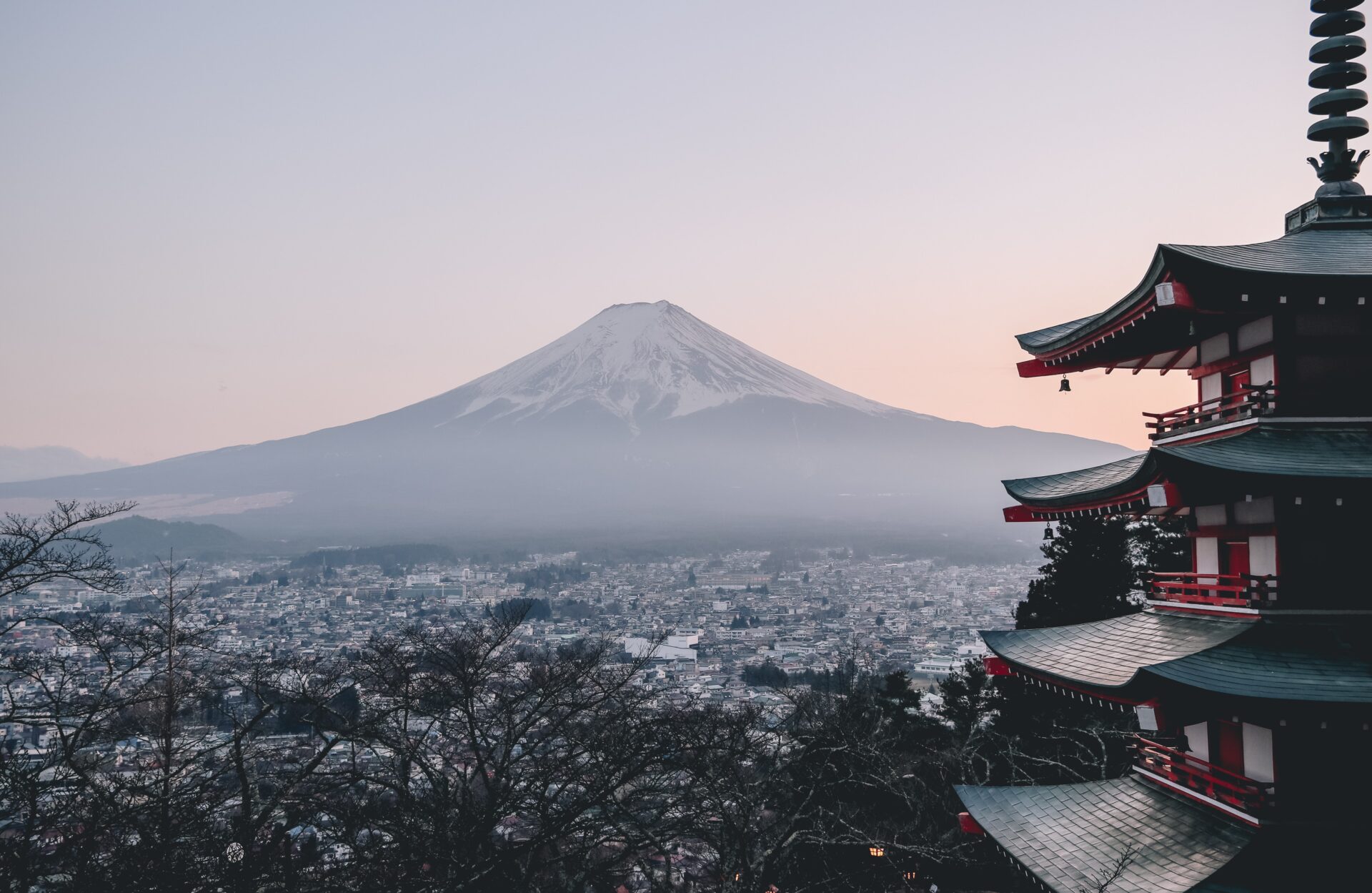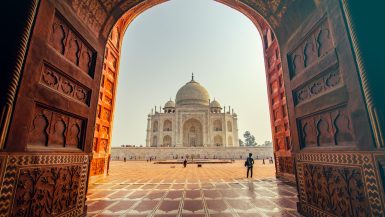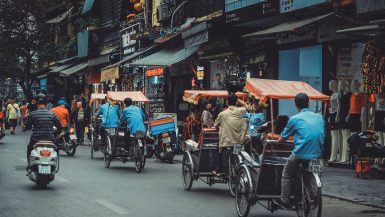We celebrated Thanksgiving 2023 in Japan – it was our family’s third trip to this beautiful island country. And, since we’d already visited Tokyo, Kyoto and Osaka on previous trips, we spent about 8 days focusing on the smaller towns. The highlight of the trip, for me, was the hike we took along the Nakasendo Trail through the Kiso Valley which connects Kyoto and Tokyo and was frequently traveled by noblemen and samurai during the Edo-period (appx 1600s-1800s). Our whole family hiked the 8km stretch between two of the 69 post towns, Tsumago and Magome, which showcases pristine Edo-period villages frozen in time.
As luck would have it, the town of Tsumago was having a festival on the exact day we visited, and they reenacted the parade of the noblemen and samurai in Edo-period clothing– it was not very touristy and so amazing to see! It really made the town come alive for us.
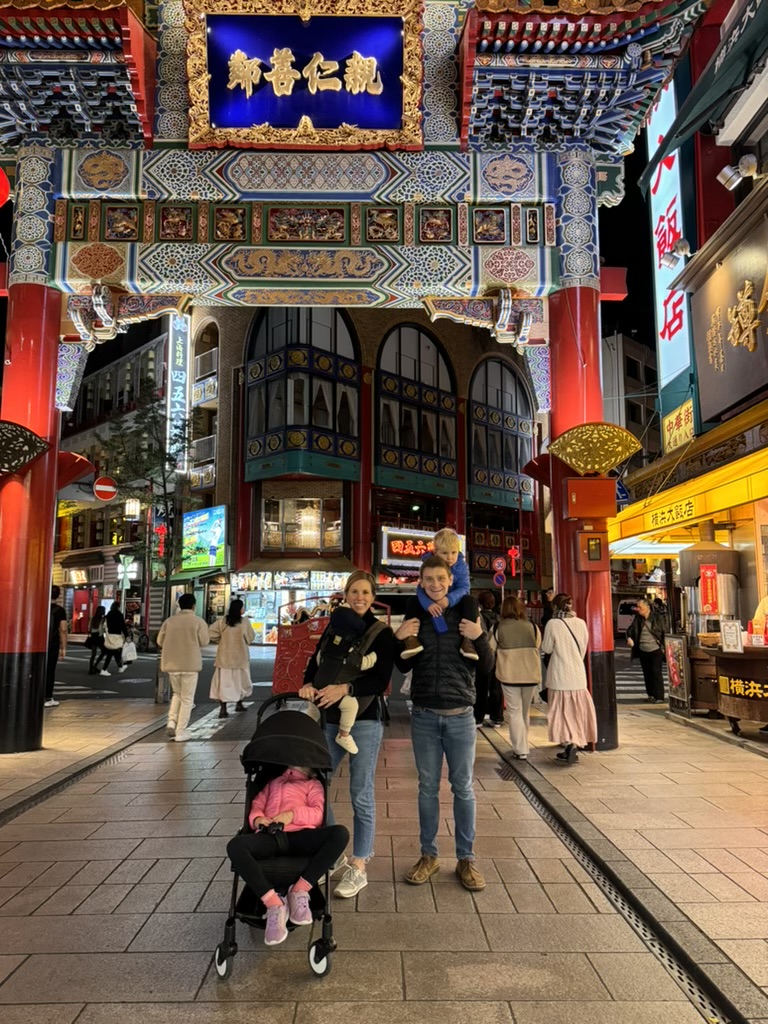
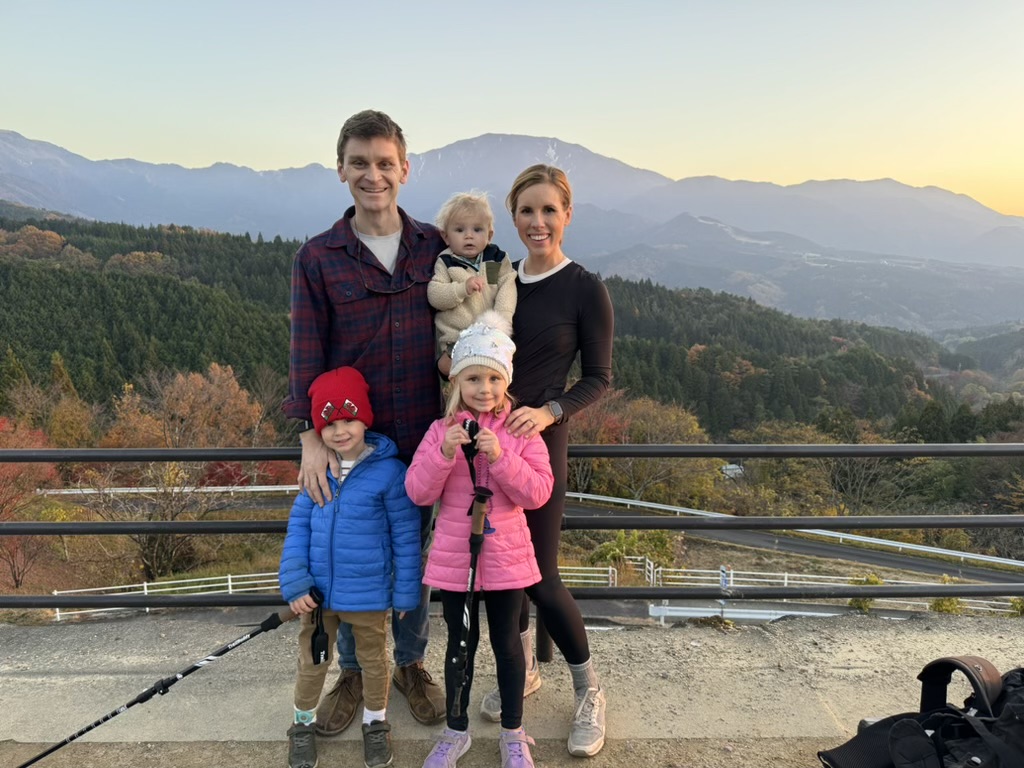

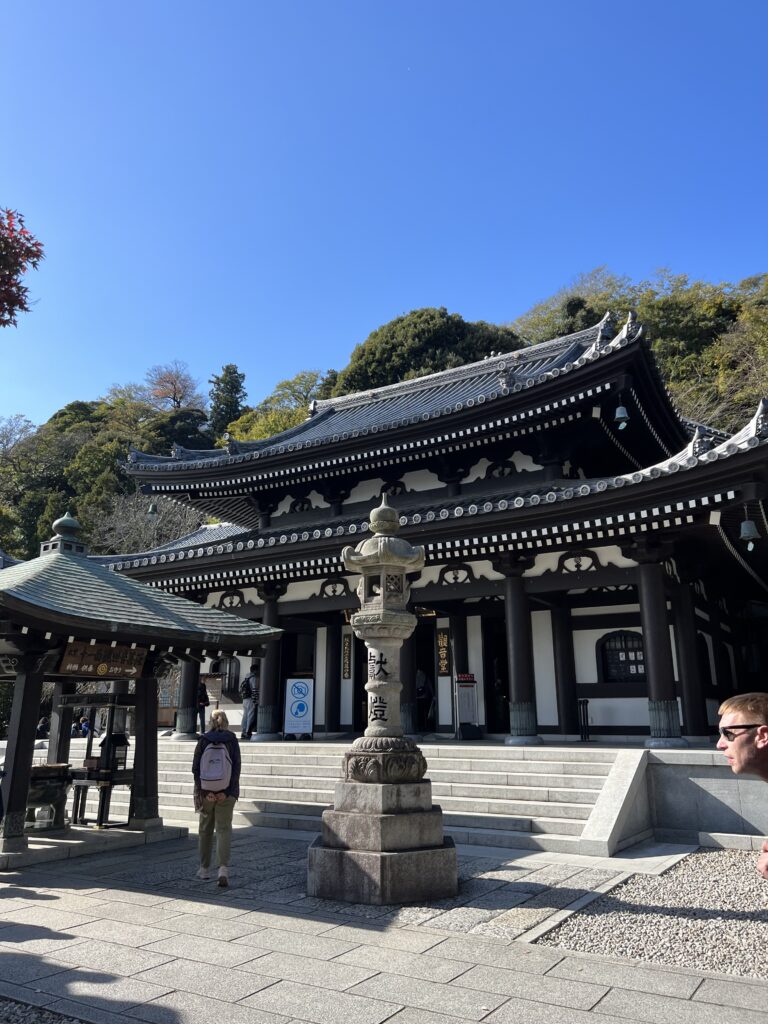
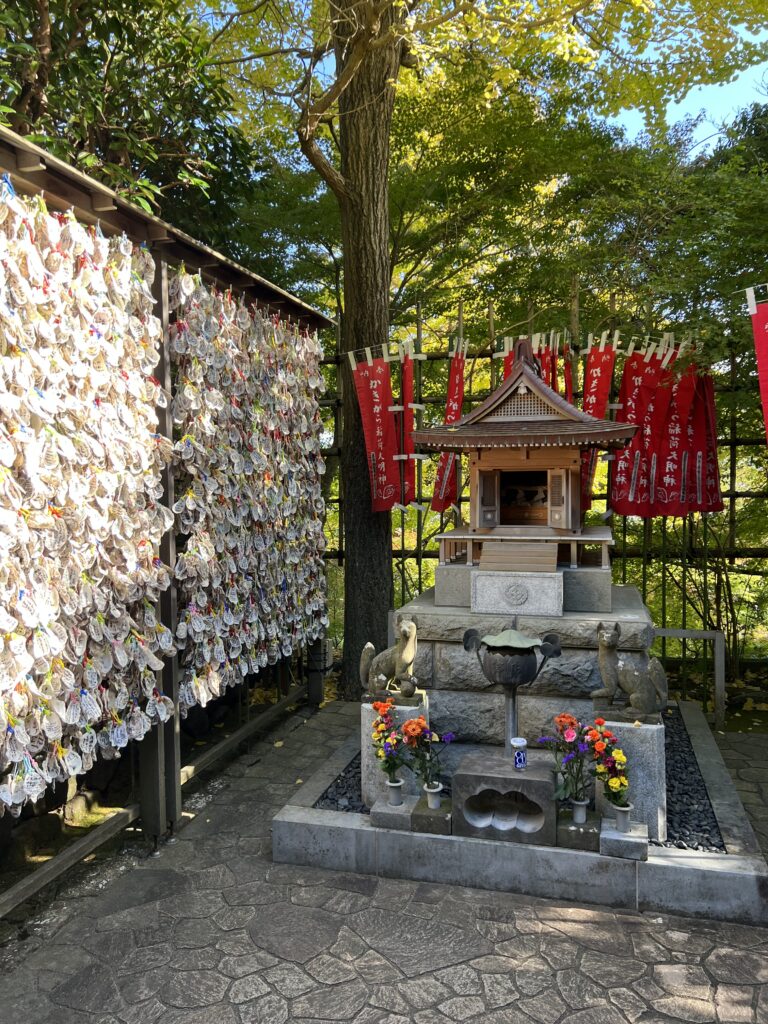
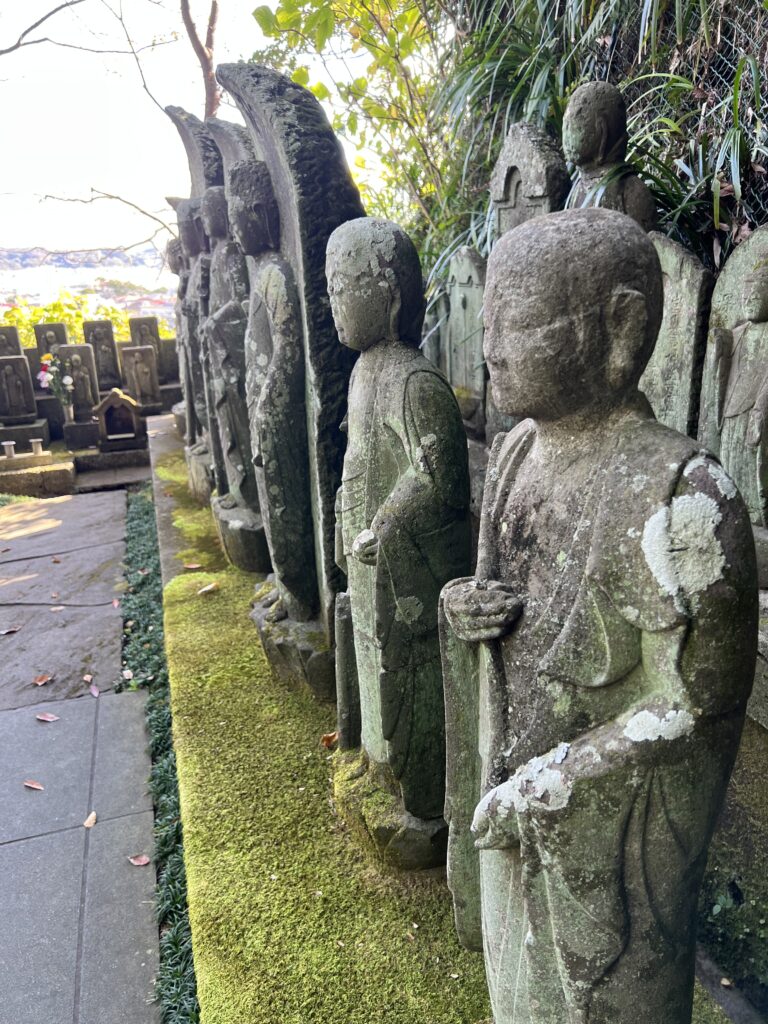

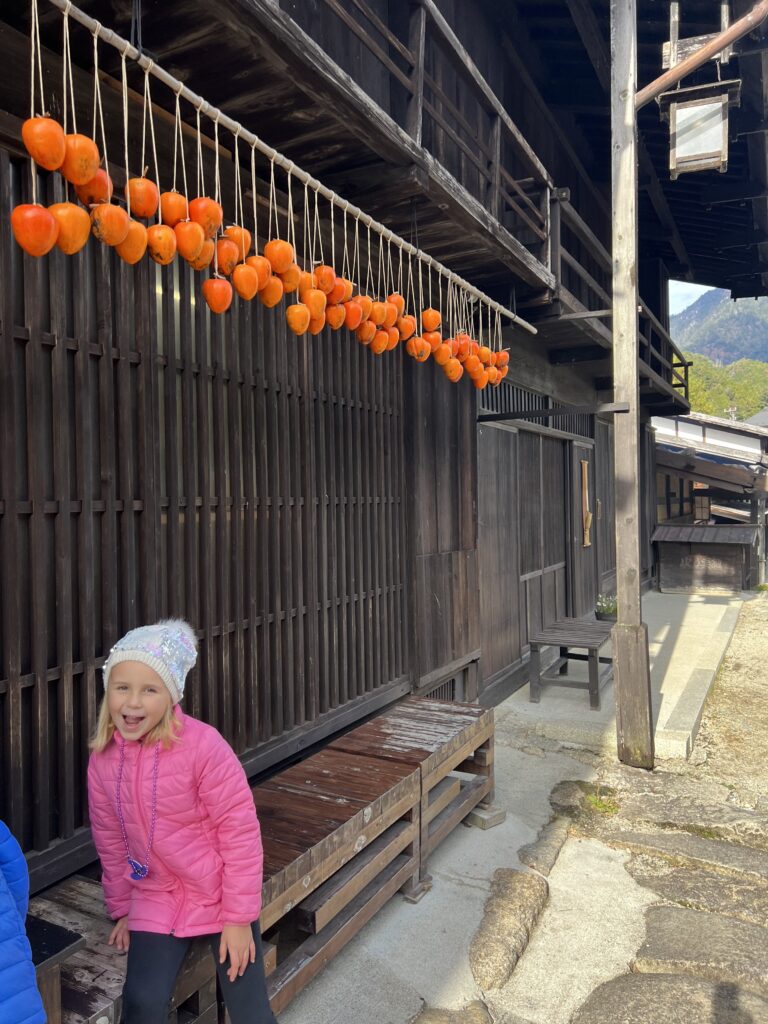
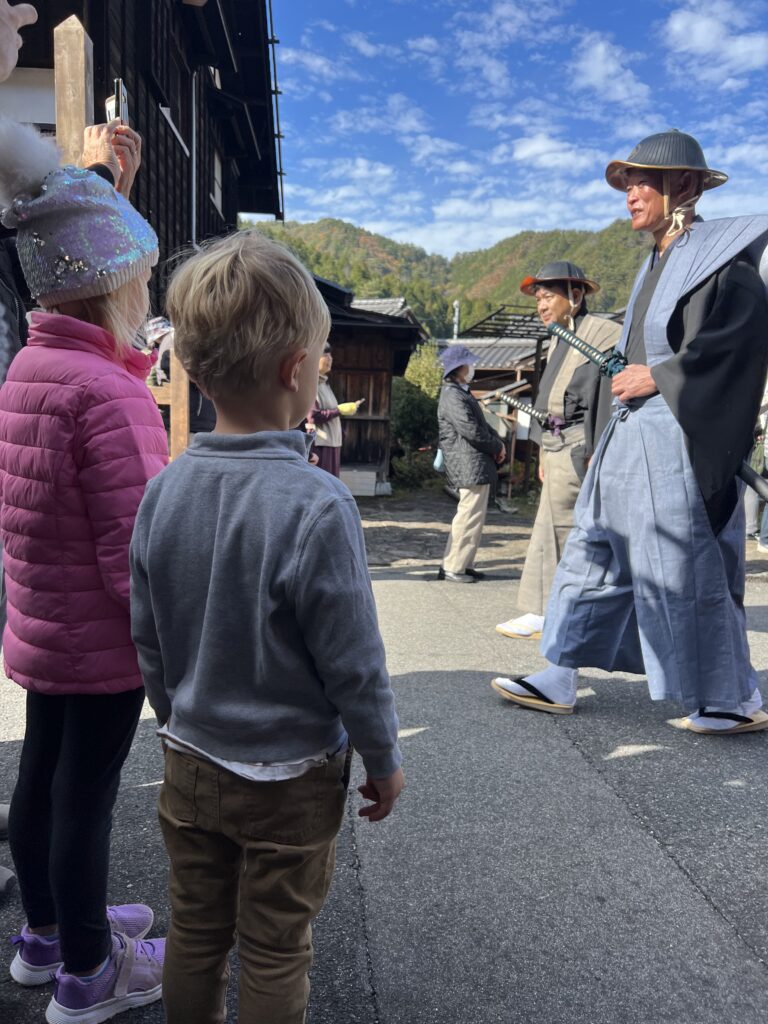
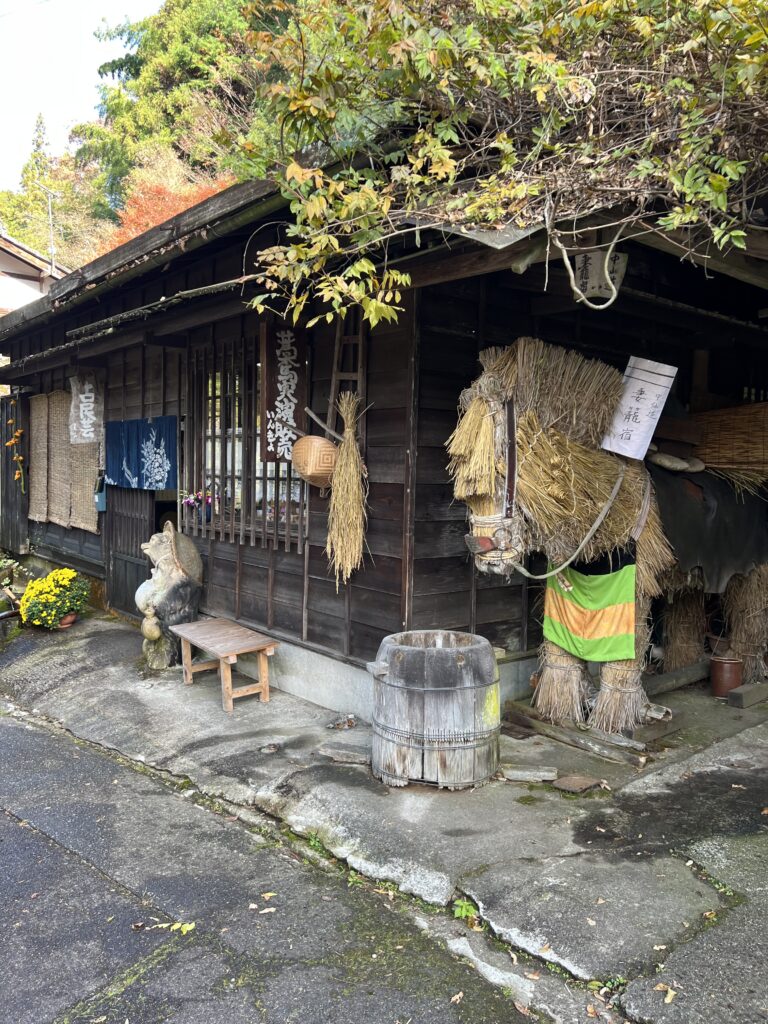
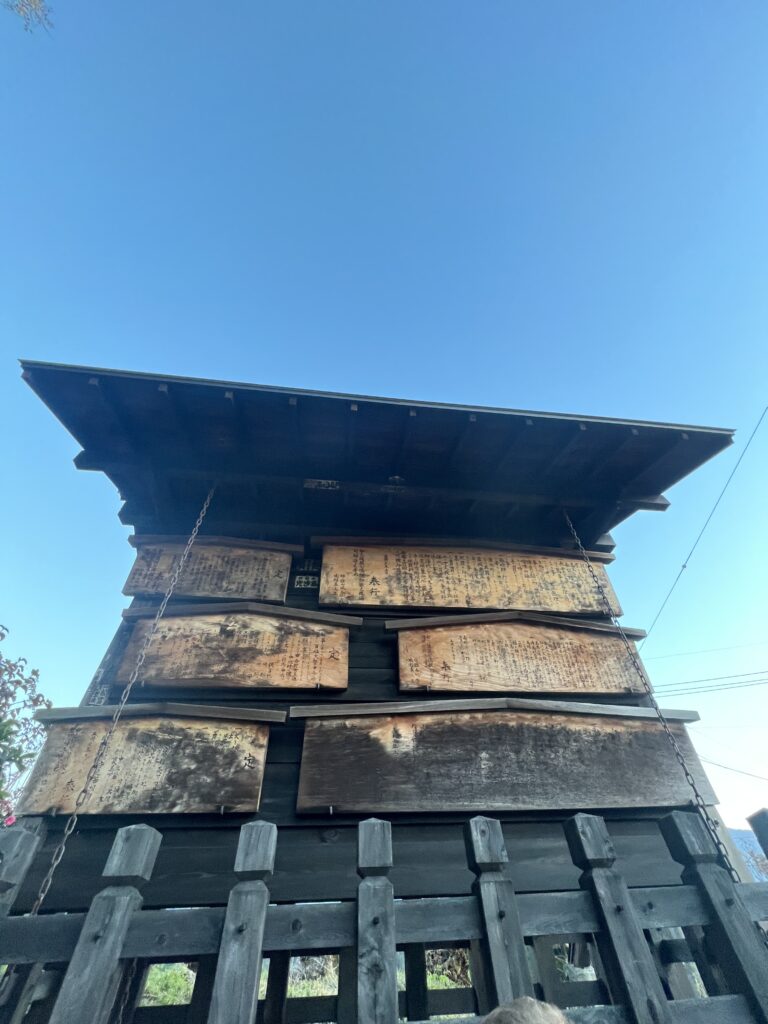
Other highlights of our trip included a few nights in Yokohama (including visiting one of the largest Chinatowns in the world), a beautiful day in Kamakura, a visit to Mount Fuji(!) and a stopover in Matsumoto. Of course, the highlight of Matsumoto is undoubtedly Matsumoto Castle. Also known as the “Crow Castle” due to its striking black exterior, this historic fortress is one of Japan’s premier castles and dates back to the 16th century. Matsumoto Castle is celebrated for its well-preserved, original wooden structure and its six-story main keep, offering panoramic views of the surrounding Japanese Alps.
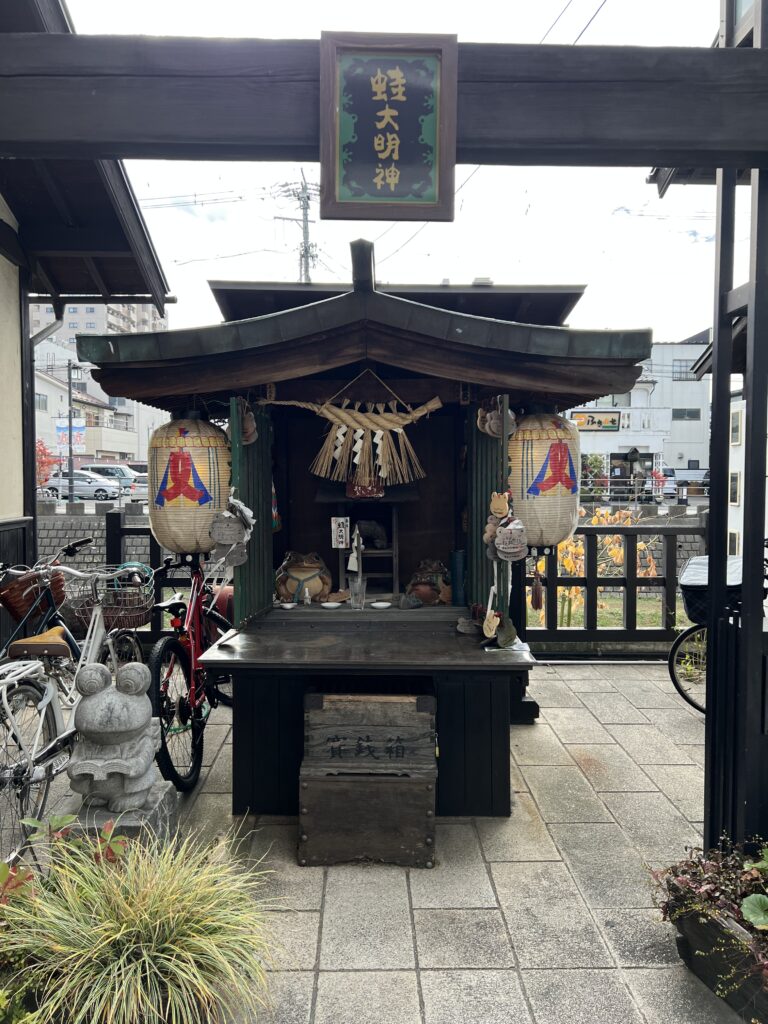
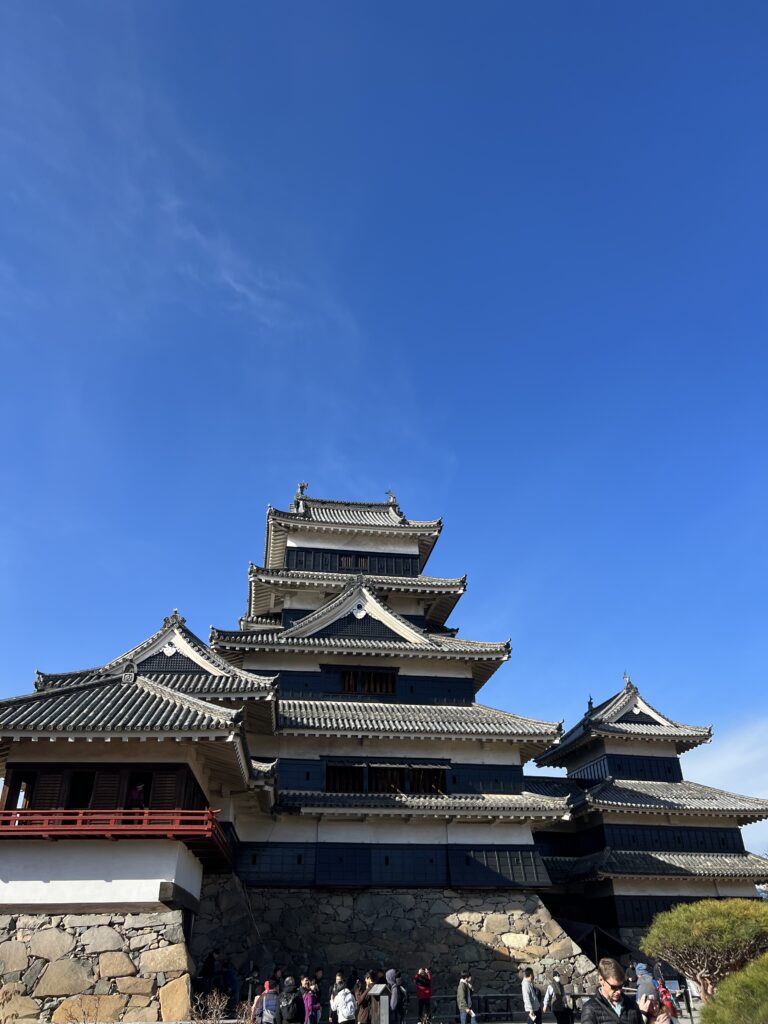
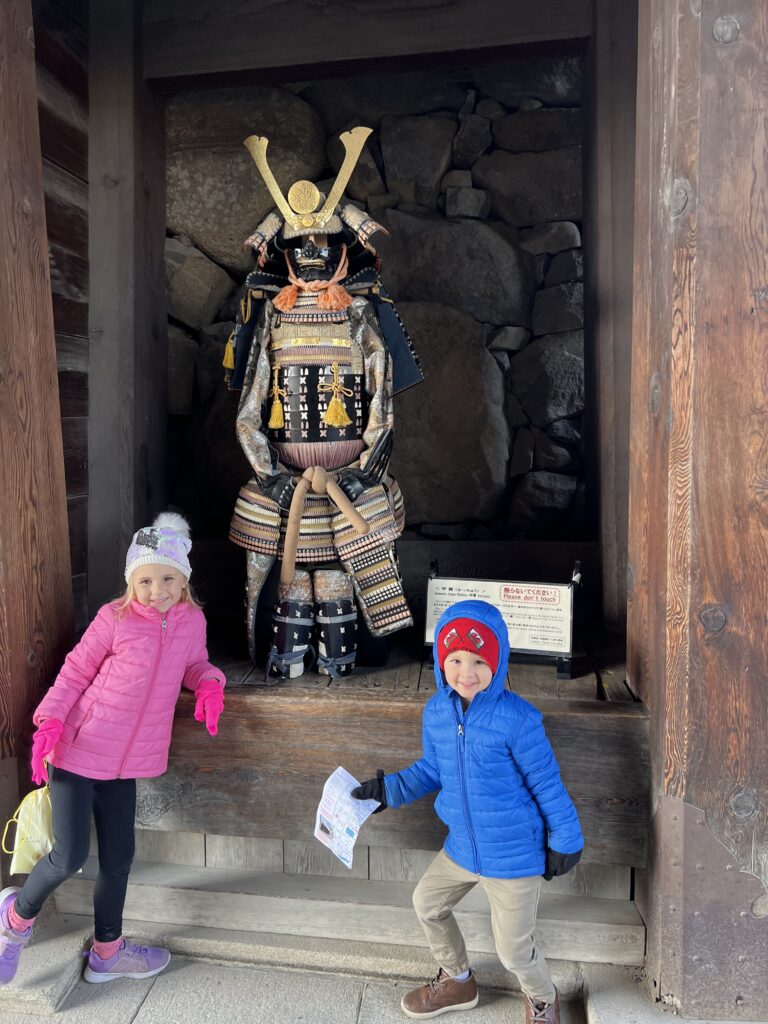
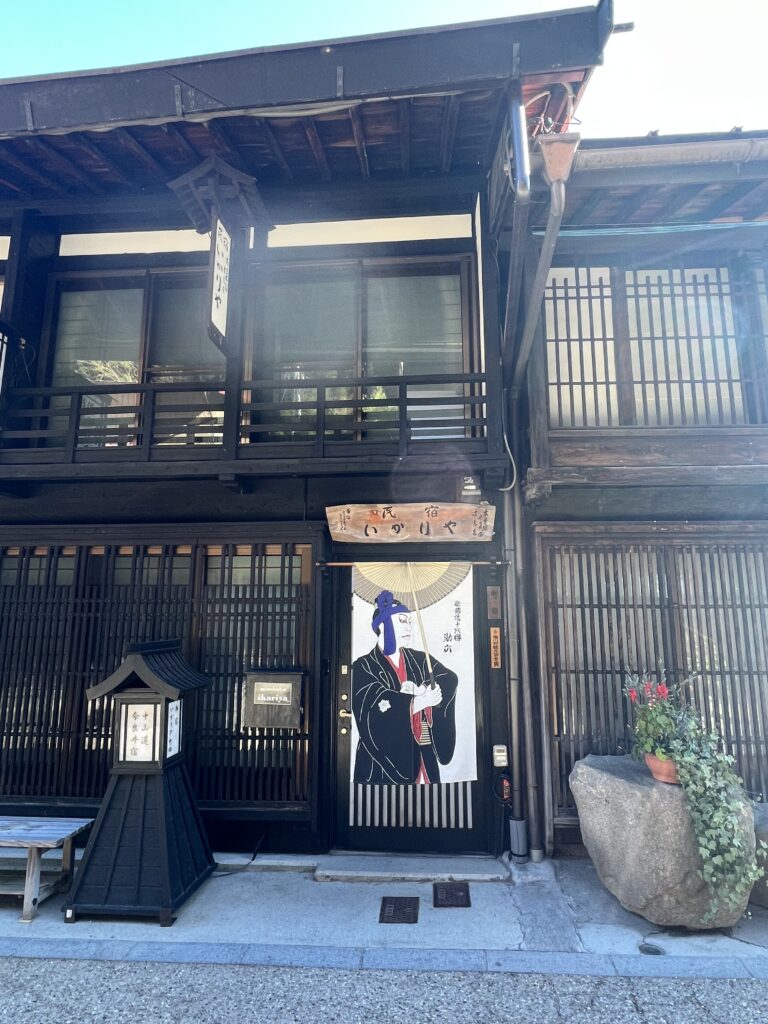

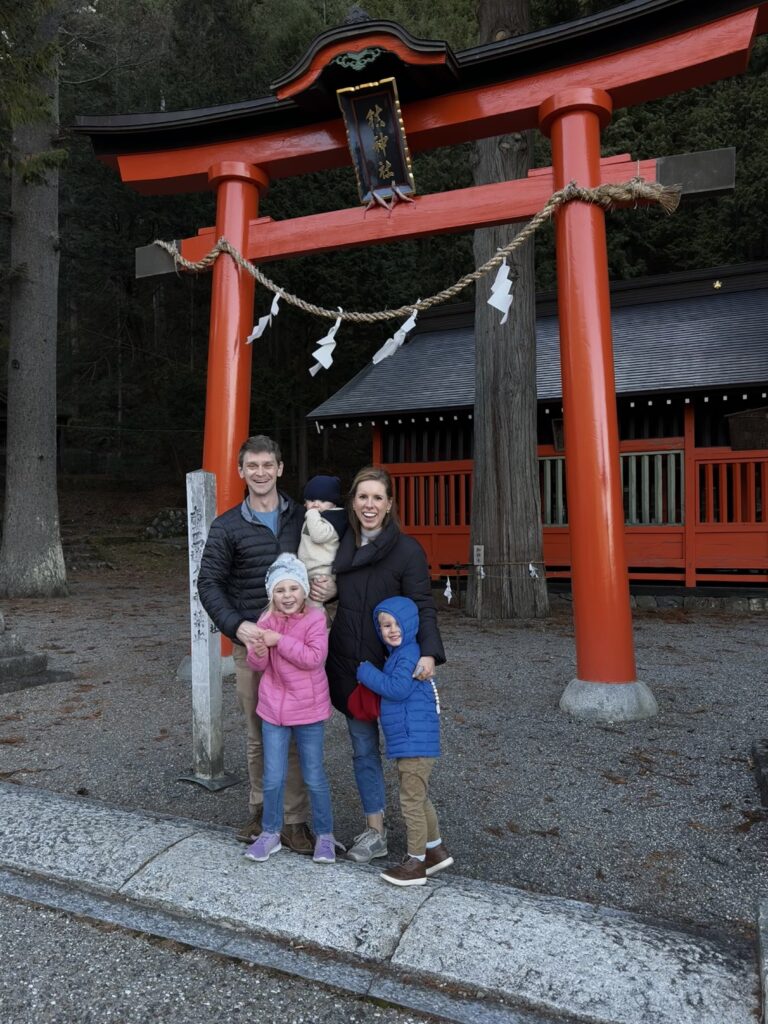
Finally, we made our way back to Tokyo for our final two nights. Although Jeffrey and I had visited Tokyo before, it had been a while, so we were excited to bypass the main tourist destinations that we’d already visited and hit the back streets and lesser known parts here, too. We did an awesome bike tour through a little known neighborhood (trying delicious street snacks along the way), visited the “Cat Temple” known for the beckoning cat symbol that seems to be recognized all over the world AND even made time to try our first “Omakase,” which is a Japanese dining term that translates to “I’ll leave it up to you” or “chef’s choice.” In the context of a meal, particularly in sushi restaurants, ordering omakase means entrusting the chef to create a customized and often multi-course dining experience. The chef selects and serves a variety of dishes, showcasing their culinary skills and featuring the freshest and most seasonal ingredients available.
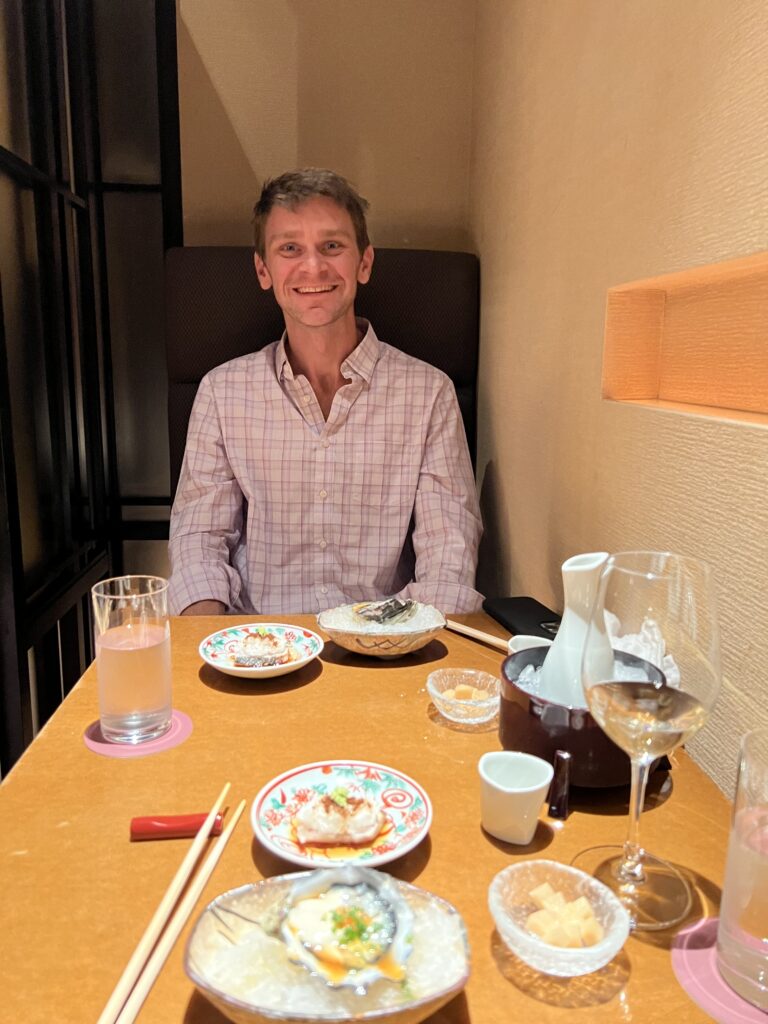
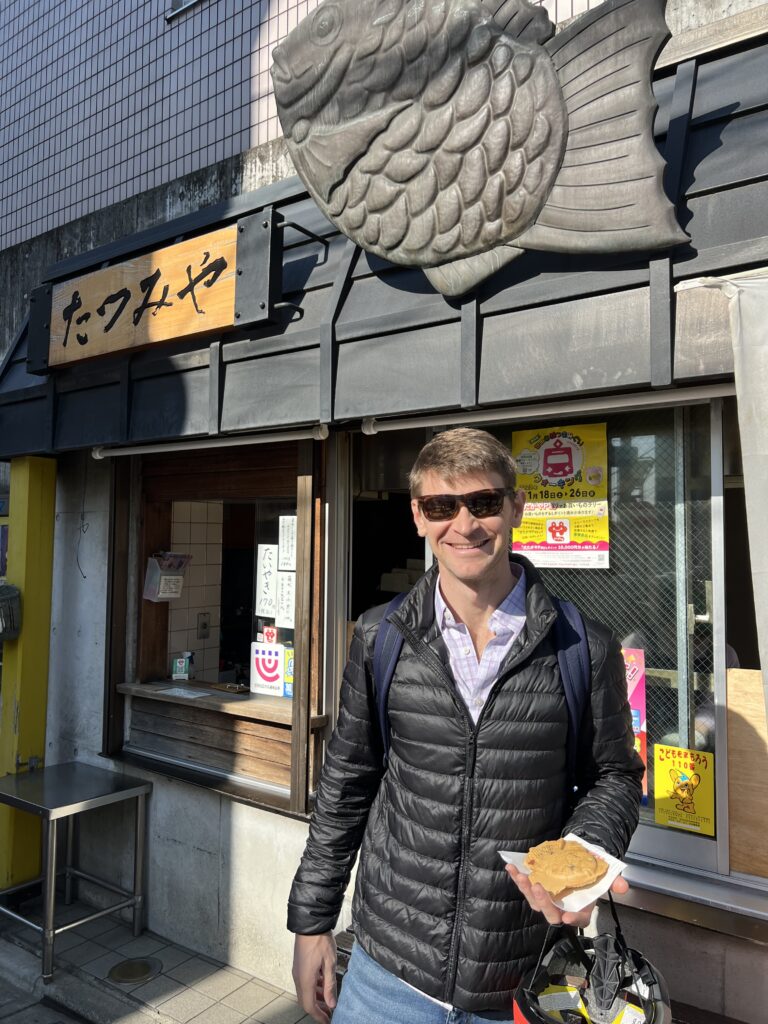


This was our third and probably best trip to Japan. I can’t recommend this beautiful country enough!! Click here to learn more about Japan & uncover hidden gems, traditions, and breathtaking landscapes: https://inspires.to/s/Kn8ZCKjO/japans-cultural-tapestry
Ready to plan your own trip to Japan? I can help! Email me at mccown@escargot.travel.

